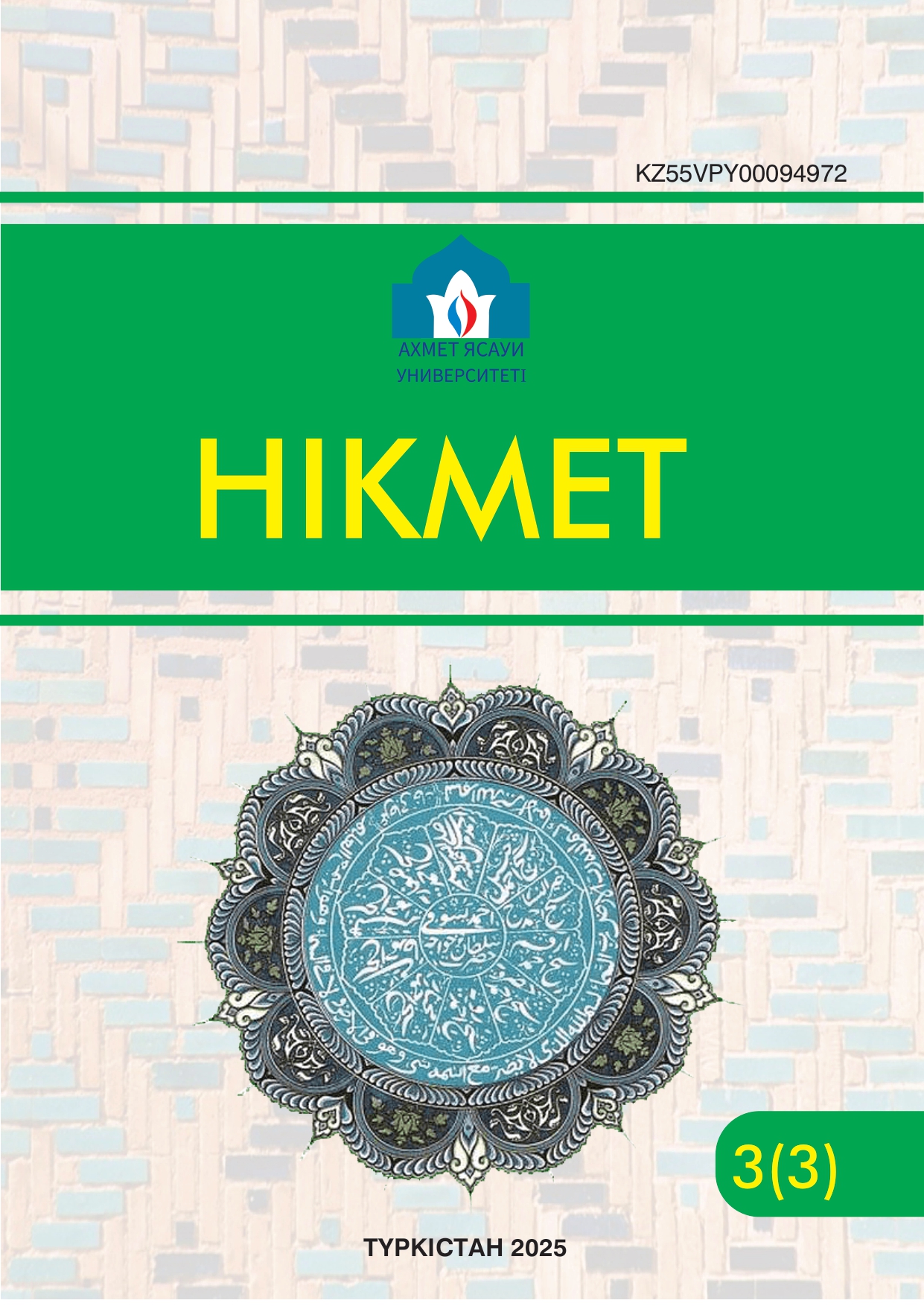Alauddin Mansur’un Yorum Ağırlıklı Meali: “Kur’an-ı Kerim’in Kazakça Manası ve Açıklaması
191 79
Anahtar Kelimeler:
Alauddin Mansur, Kur’an, Anlam, Yorum, Okur.Özet
Bu makale, Özbekçe’den Kazakça’ya aktarılan “Kur’an-ı Kerim’in Kazakça Manası ve Açıklaması (Құран кәрім қазақша мағынасы және тусінігі)” adlı meal üzerinedir. Meali Özbekçe’ye çeviren ve açıklamalar ekleyen Alauddin Mansur’dur. Özbekçe çeviriyi Kazakça’ya sonradan aktaran ise Absattar Smanov’dur. Makalede Alauddin Mansur ve Kur’an tercümesine bakışı, mealin genel tanıtımı, yazarın meali yazma gerekçesi konularına değinildikten sonra mealin şekilsel ve içeriksel yönü Bakara suresi özelinde ele alınmıştır. Ayrıca yazarın Kur’an’ı Kerimi okuyucuyla buluşturmak için kullandığı yöntem ve çaba ortaya konmuştur. Mealler, metin merkezli ve yorum merkezli olmak üzere iki başlık altında incelenebilir. Mansur mealinde bu iki türden birini seçmek yerine, ikisini birleştirmeyi ama yoruma ağırlık vermeyi tercih etmiştir. Zira o bir taraftan metne bağlı kalmış, diğer taraftan sık sık yorumlar yapmıştır. Bunun yanı sıra o, metinle yorumu birbirinden ayırmıştır. Kur’an-ı Kerim metnine karşılık gelen ifadeleri koyu yazarak, kendine ait ayet içi açıklamaları parantez içine alarak belirtmiştir. Ayet sonrası açıklamaları ise italik ve küçük harflerle vermiştir.

